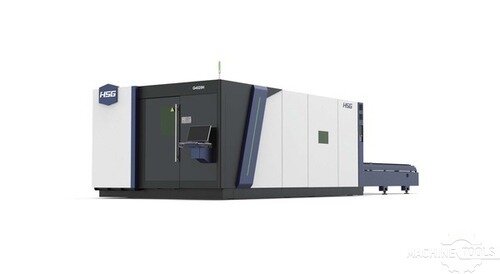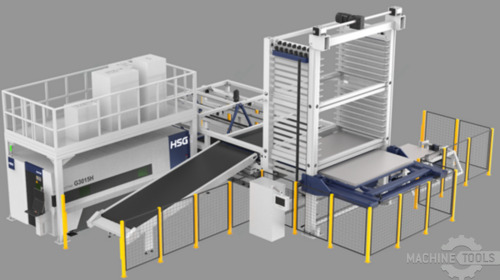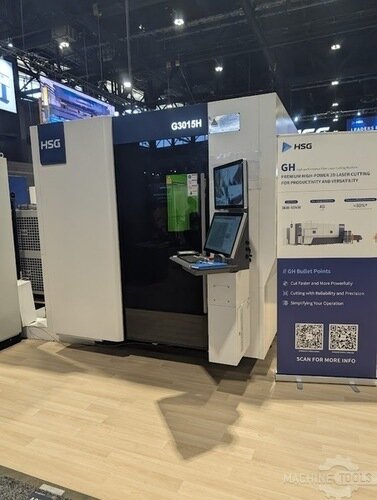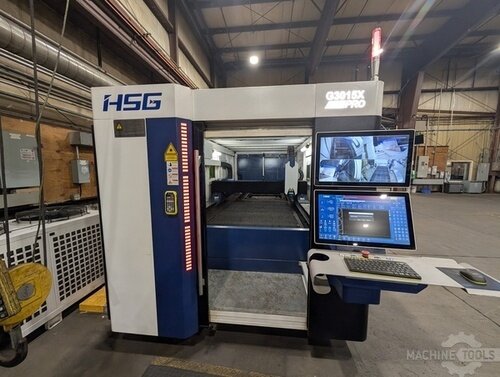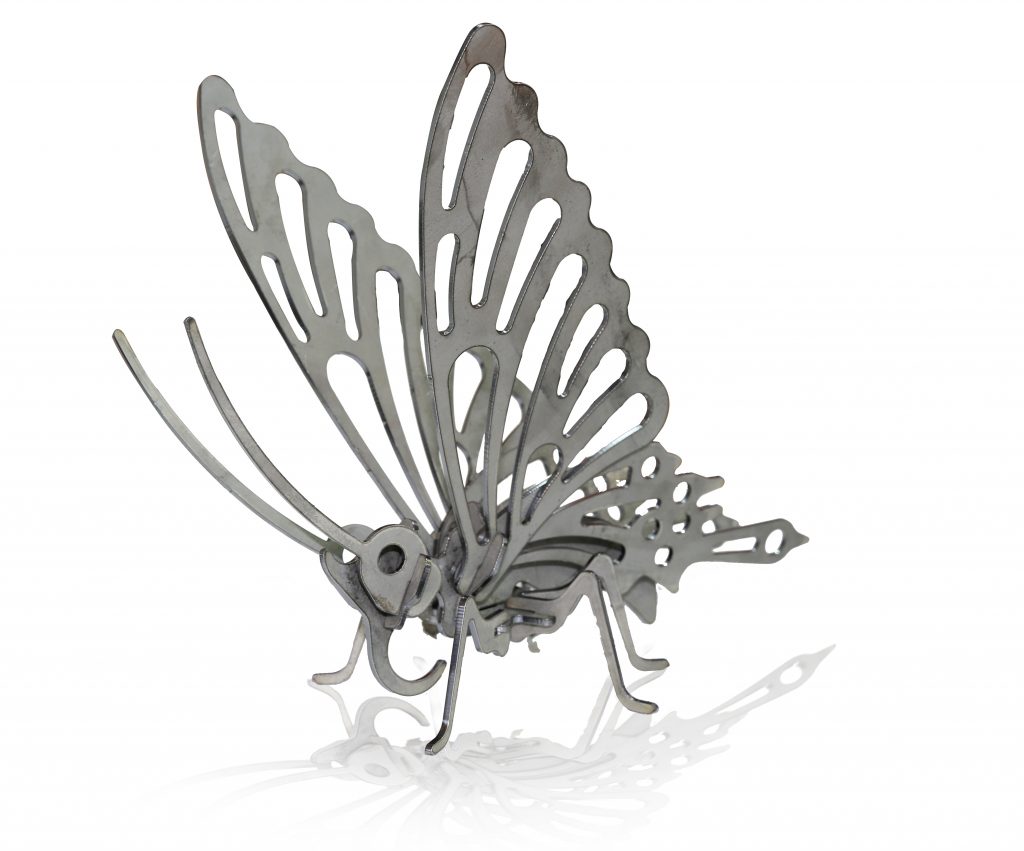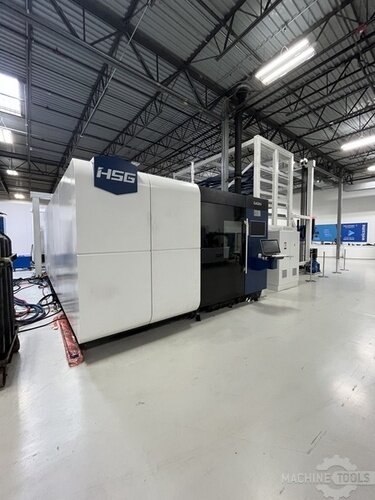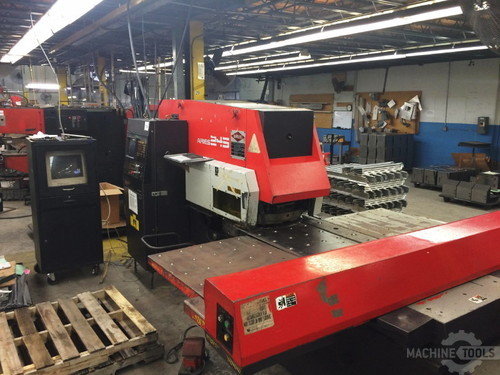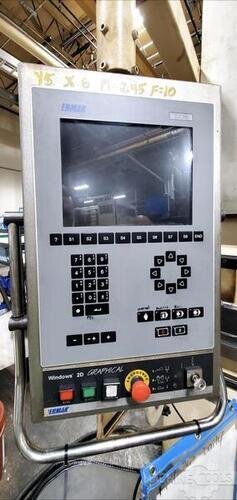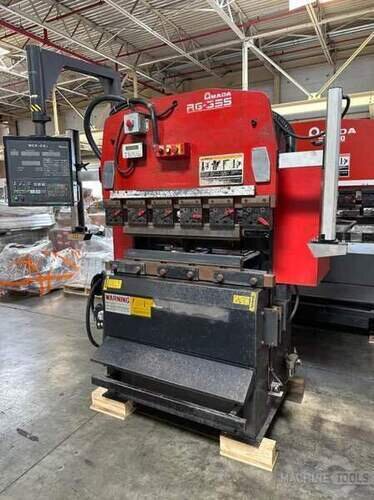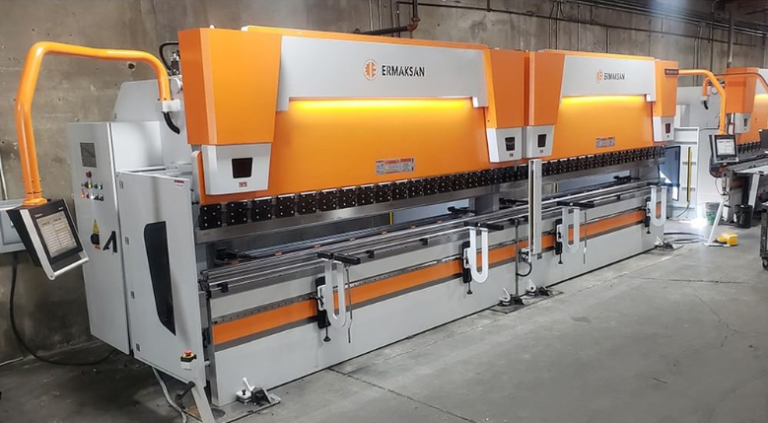In the ever-evolving world of manufacturing and fabrication, laser cutting has emerged as a pivotal technology. Its precision, efficiency, and versatility make it an indispensable tool across various industries. Understanding the intricacies of laser cutting can help businesses leverage this technology to its fullest potential. In this article, we will delve into the techniques and applications of laser cutting, providing a comprehensive overview that will be beneficial for both novices and seasoned professionals.
Introduction to Laser Cutting Technology
Laser cutting technology utilizes a high-powered laser beam to cut, engrave, or mark materials with exceptional precision. The process involves focusing a laser onto the material, which melts, burns, or vaporizes the targeted area, resulting in a clean and accurate cut. This technology has revolutionized the manufacturing industry by offering unparalleled accuracy and speed compared to traditional cutting methods.
The origins of laser cutting date back to the 1960s, but it wasn’t until the 1970s that it began to be used for industrial applications. Since then, advancements in laser technology have significantly improved its capabilities, making it a go-to solution for a wide range of applications. Today, laser cutting is used in industries such as automotive, aerospace, electronics, and more.
One of the key advantages of laser cutting is its ability to produce intricate designs with minimal waste. The precision of the laser allows for tight tolerances, which is crucial for applications that require high levels of accuracy. Additionally, the non-contact nature of laser cutting means that there is less wear and tear on the equipment, leading to longer machine life and reduced maintenance costs.
HSG 3015H 12KW
HSG-G3015H V2.0-STORE PRO3015 10 SHELF
Key Components of a Laser Cutting System
A laser cutting system comprises several essential components that work together to achieve precise cuts. The primary component is the laser resonator, which generates the laser beam. This resonator can be powered by various sources, including CO2, fiber, and crystal lasers, each offering different advantages depending on the application.
Another critical component is the cutting head, which focuses the laser beam onto the material. The cutting head typically includes a lens or mirror system to direct the beam accurately. It also houses a nozzle that directs assist gases, such as oxygen or nitrogen, to the cutting area. These gases help to remove molten material and improve the quality of the cut.
The motion control system is responsible for moving the cutting head and the material in a coordinated manner. This system can be either a gantry-style setup, where the cutting head moves over a stationary workpiece, or a flying optics system, where the workpiece moves while the cutting head remains stationary. Advanced motion control systems ensure smooth and precise movements, which are crucial for achieving high-quality cuts.
Different Techniques in Laser Cutting
Laser cutting techniques can be broadly categorized into three types: fusion cutting, flame cutting, and sublimation cutting. Each technique has its unique characteristics and is suited for different materials and applications.
Fusion cutting involves melting the material with the laser beam and using an inert gas, such as nitrogen, to blow the molten material out of the cut. This technique is ideal for cutting metals, as it produces clean edges with minimal oxidation. Fusion cutting is commonly used in industries that require high precision and quality, such as aerospace and medical device manufacturing.
Flame cutting, also known as reactive cutting, uses an oxygen assist gas to create an exothermic reaction with the material. This reaction generates additional heat, which helps to cut through thicker materials. Flame cutting is typically used for cutting carbon steel and other ferrous metals. While it may not produce as clean a cut as fusion cutting, it is highly effective for heavy-duty applications.
Sublimation cutting, or vaporization cutting, involves vaporizing the material with the laser beam. This technique is used for cutting non-metallic materials, such as wood, plastic, and textiles. Sublimation cutting is ideal for applications that require intricate designs and fine details, as it produces minimal heat-affected zones and reduces the risk of material deformation.
Materials Suitable for Laser Cutting
Laser cutting is a versatile technology that can be used on a wide range of materials. Metals, including steel, aluminum, and titanium, are commonly cut using laser technology due to its ability to produce precise and clean cuts. The choice of laser type and assist gas can be tailored to optimize the cutting process for different metals.
Non-metallic materials, such as plastics, wood, and textiles, can also be effectively cut using laser technology. The non-contact nature of laser cutting ensures that delicate materials are not damaged during the process. Additionally, the precision of laser cutting allows for intricate designs and patterns to be created on these materials, making it a popular choice for industries such as fashion and interior design.
Composite materials, which are made from a combination of different substances, can also be cut using laser technology. These materials often present challenges for traditional cutting methods due to their varying properties. However, laser cutting can handle these complexities with ease, providing clean and accurate cuts. This capability makes laser cutting an ideal solution for industries such as automotive and aerospace, where composite materials are commonly used.
Applications of Laser Cutting in Various Industries
The automotive industry has widely adopted laser cutting for its ability to produce precise and complex parts. From cutting body panels to intricate components, laser cutting ensures high-quality results with minimal waste. The speed and accuracy of laser cutting also contribute to increased production efficiency, making it a valuable tool in the automotive manufacturing process.
In the aerospace industry, laser cutting is used to create components that require tight tolerances and high precision. The ability to cut lightweight materials, such as titanium and aluminum, with minimal distortion is crucial for aerospace applications. Laser cutting also allows for the production of intricate designs and shapes, which are essential for optimizing the performance of aerospace components.
The electronics industry benefits from laser cutting’s precision and ability to work with delicate materials. Laser cutting is used to create intricate circuit boards, microchips, and other electronic components. The non-contact nature of laser cutting ensures that sensitive materials are not damaged during the process, resulting in high-quality and reliable electronic products.
Safety Considerations in Laser Cutting Operations
Safety is a paramount concern in laser cutting operations. The high-powered laser beam used in the cutting process can pose significant risks if not properly managed. It is essential to implement safety measures to protect operators and prevent accidents.
One of the primary safety considerations is the use of protective eyewear. The intense light emitted by the laser can cause severe eye damage, so operators must wear appropriate laser safety glasses. Additionally, laser cutting machines should be equipped with safety interlocks and enclosures to prevent accidental exposure to the laser beam.
Proper ventilation is also crucial in laser cutting operations. The cutting process can generate fumes and particulate matter, which can be harmful if inhaled. Installing an effective exhaust system and using appropriate filtration can help to maintain a safe working environment. Regular maintenance and inspection of the laser cutting equipment are also essential to ensure that all safety features are functioning correctly.
Understanding the techniques and applications of laser cutting can significantly enhance your manufacturing processes. By leveraging this technology, you can achieve higher precision, efficiency, and versatility in your operations. If you have any questions or need expert advice on laser cutting and other metal fabrication equipment, feel free to reach out. I’m here to help you find the best solutions for your specific needs.
FAQ
What types of materials can be cut using laser cutting technology?
Laser cutting technology can be used to cut a wide range of materials, including metals (such as steel, aluminum, and titanium), non-metallic materials (such as plastics, wood, and textiles), and composite materials.
What are the different techniques used in laser cutting?
The three primary techniques used in laser cutting are fusion cutting, flame cutting, and sublimation cutting. Each technique is suited for different materials and applications.
How does laser cutting benefit the automotive industry?
Laser cutting benefits the automotive industry by providing precise and complex cuts for body panels and components, increasing production efficiency, and reducing waste.
What safety measures should be implemented in laser cutting operations?
Safety measures in laser cutting operations include the use of protective eyewear, safety interlocks and enclosures, proper ventilation, and regular maintenance and inspection of equipment.
Can laser cutting be used for delicate materials?
Yes, laser cutting is ideal for delicate materials as it is a non-contact process, reducing the risk of damage and allowing for intricate designs and patterns.
What are the key components of a laser cutting system?
A laser cutting system comprises a laser resonator, cutting head, and motion control system. Each component plays a crucial role in achieving precise and accurate cuts.
How has laser cutting technology evolved over the years?
Laser cutting technology has evolved significantly since its inception in the 1960s, with advancements improving its precision, speed, and versatility, making it a go-to solution for various industrial applications.
Get Weekly Mac-Tech News & Updates

